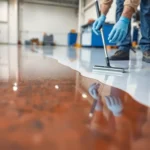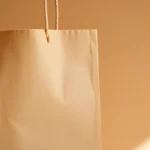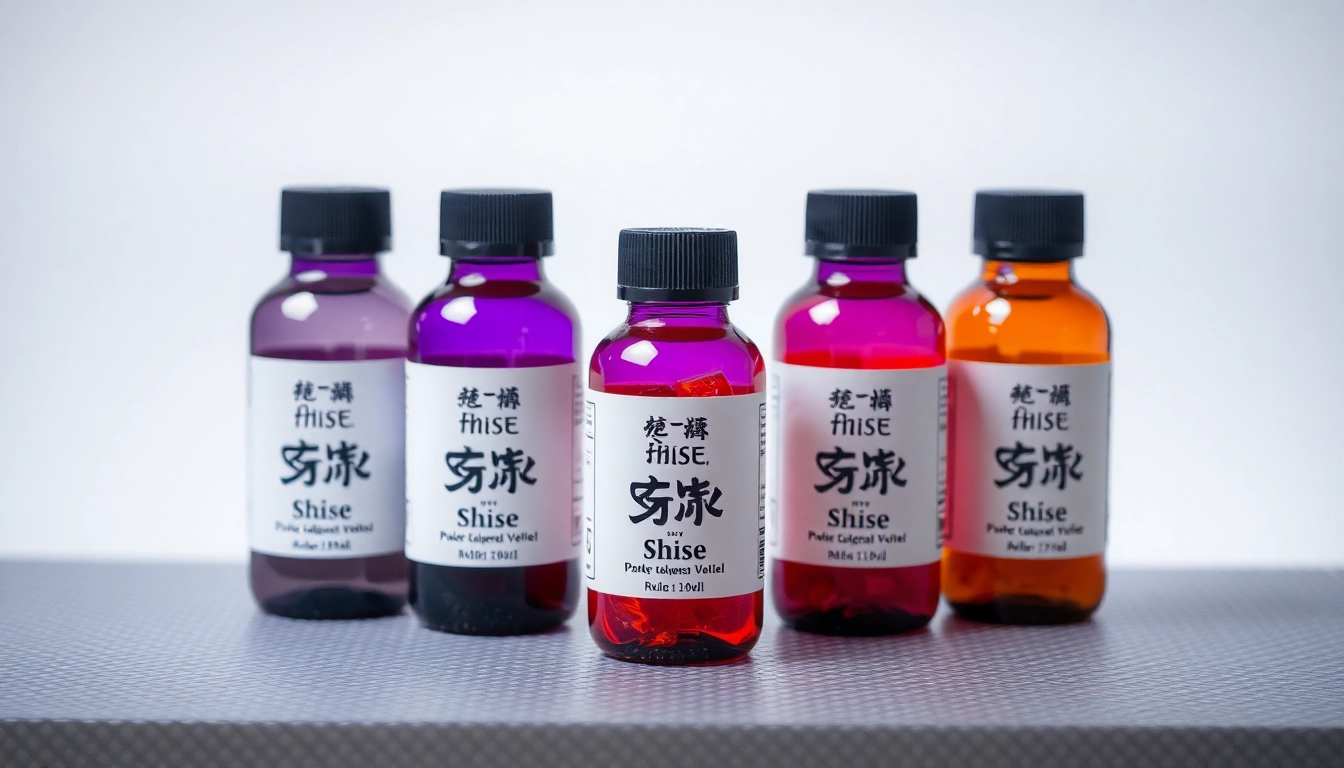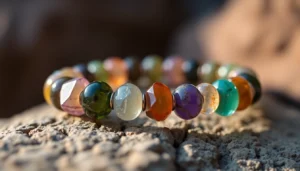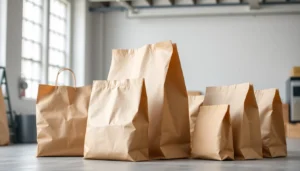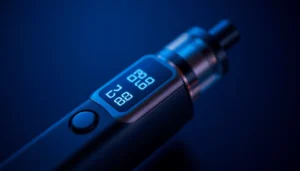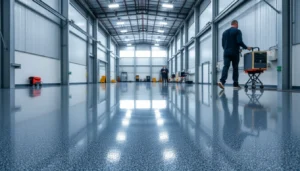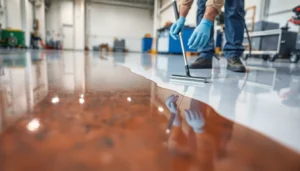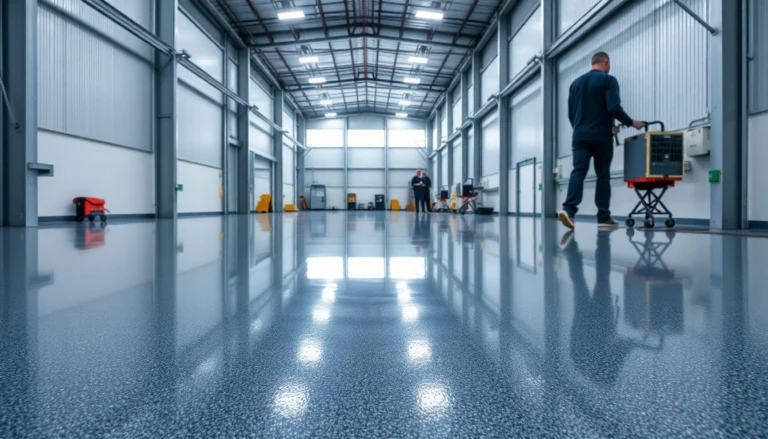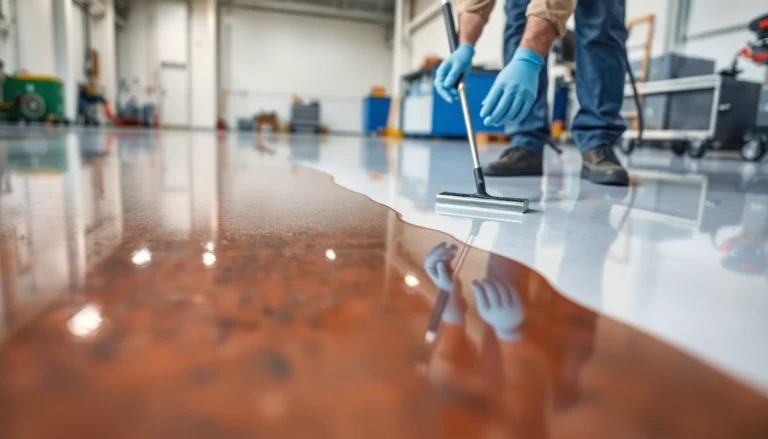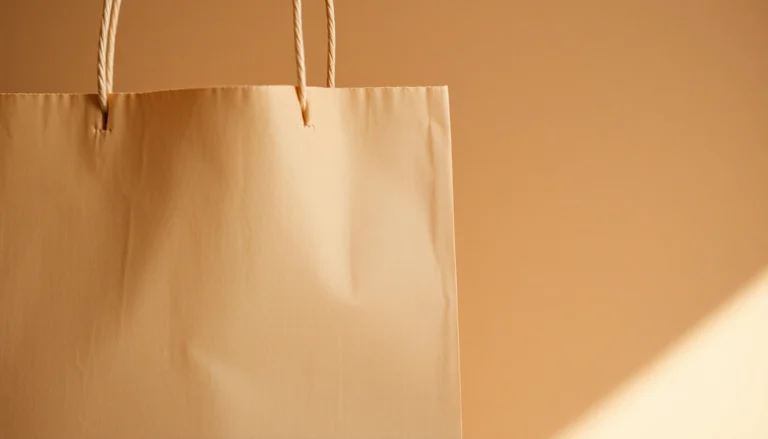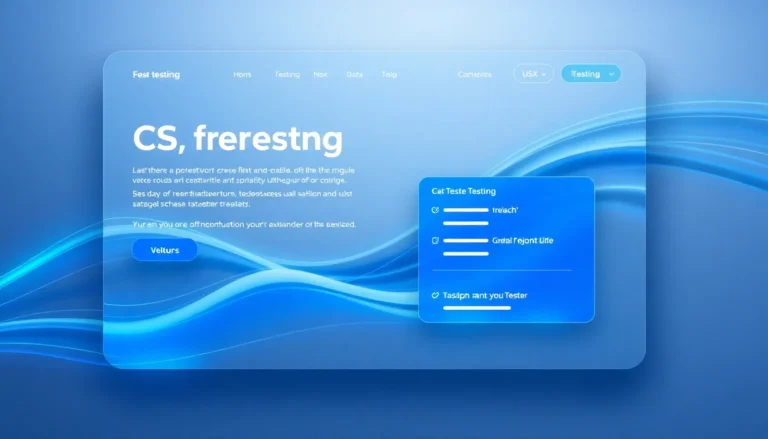Understanding Polyethylene Bottles and Their Role in Modern Industry
Polyethylene bottles have become a cornerstone of the packaging industry due to their versatility, durability, and cost-effectiveness. Whether used for beverages, chemicals, or personal care products, these containers are favored for their lightweight nature and robust physical properties. For businesses exploring innovative packaging solutions, understanding the fundamental aspects of polietilen şişe offers valuable insight into their optimal application and supply chain management. This article delves into the comprehensive world of polyethylene bottles, exploring their features, manufacturing processes, safety considerations, and future sustainability trends, providing a detailed guide for industry stakeholders and consumers alike.
1. Polyethylene Bottle: Definition and Applications
1.1. Characteristics of Polyethylene Bottles
Polyethylene, commonly abbreviated as PE, is a thermoplastic polymer known for its excellent chemical resistance, flexibility, and low production costs. These bottles are primarily manufactured from high-density polyethylene (HDPE) and low-density polyethylene (LDPE), each offering specific benefits. HDPE bottles are recognized for their rigidity and strength, making them suitable for chemical containers, detergents, and edible oils, whereas LDPE bottles are softer, often used for squeeze bottles or flexible containers. Their opaque or transparent appearance, coupled with light weight, makes them ideal for a wide variety of packaging needs. Additionally, polyethylene bottles are non-reactive with most substances, ensuring product integrity and safety during storage and transportation.
1.2. Industrial and Commercial Uses
Industrially, polyethylene bottles are indispensable in sectors such as pharmaceuticals, cosmetics, food and beverage, and chemicals. For example, they are used to package detergents, edible oils, and cosmetics like shampoos and lotions. In the chemical industry, polyethylene bottles provide chemical resistance in storing acids, alkalis, and organic solvents. The packaging’s robustness reduces breakage risk during shipping and handling, leading to lower costs and improved safety. Moreover, their compatibility with various filling and sealing technologies ensures scalability for large-scale production. The adaptability of polyethylene as a raw material, along with its recyclability, also bolsters sustainability efforts across relevant industries.
1.3. Daily Usage and Consumer Products
On the consumer level, polyethylene bottles are ubiquitous in everyday life—from water and juice bottles to household cleaning supplies. Their design often prioritizes ergonomic handling and precise sealing mechanisms to prevent leaks. The lightweight nature of these bottles reduces transportation costs and environmental impact, making them a preferred choice for mass production and distribution. Notably, their transparent design allows consumers to monitor product levels and quality easily. The evolution of polyethylene bottle design also emphasizes convenience features such as squeezable sides, ergonomic grips, and compatible closure systems, enhancing user experience and brand differentiation.
2. Manufacturing Processes and Technological Innovations in Polyethylene Bottle Production
2.1. Raw Material Selection and Preparation
The foundation of high-quality polyethylene bottles begins with the selection of raw polyethylene material. Manufacturers generally source HDPE or LDPE pellets, which are subjected to rigorous quality checks to ensure compliance with safety standards and performance specifications. The raw material undergoes pre-processing steps like melting, extruding, or preforming, depending on the targeted bottle design. Proper control of the raw material’s molecular weight, melt index, and additives such as UV stabilizers or colorants significantly affects the final product’s durability, transparency, and aesthetic appeal.
2.2. Injection and Extrusion Technologies
The primary manufacturing techniques for polyethylene bottles include extrusion blow molding, injection blow molding, and stretch blow molding. Each method offers distinct advantages based on production scale and bottle complexity. For instance, extrusion blow molding involves extruding a hollow tube of polyethylene (parison), which is then inflated within a mold to form the bottle’s shape. Injection blow molding combines preforms produced via injection molding with blow molding, facilitating higher precision and uniformity. Stretch blow molding further enhances bottle strength by orienting the polymer chains during stretching, improving clarity and stability. Advanced machinery ensures high-speed production cycles while maintaining consistency and minimizing material waste.
2.3. Environmentally Friendly Manufacturing Steps
The industry is increasingly adopting eco-conscious practices, such as utilizing recycled polyethylene pellets and optimizing process energy consumption. Implementing closed-loop systems for scrap reprocessing and employing biodegradable additives are also gaining traction. Manufacturers aim to reduce carbon footprints through energy-efficient equipment, renewable energy sources, and waste reduction initiatives. These steps align with global sustainability trends and consumer expectations for environmentally responsible packaging solutions.
3. Health and Safety Aspects of Polyethylene Bottles
3.1. Food Safety and Usage Conditions
Polyethylene is recognized by health authorities for its food-grade safety when properly manufactured and maintained. Its chemical stability ensures that it does not leach harmful substances into stored food or liquids under normal conditions. However, it is essential to use bottles within specified temperature ranges and avoid exposure to high heat or direct sunlight over extended periods, which can compromise material integrity. Ensuring that containers are labeled with appropriate FDA or equivalent certifications guarantees consumer safety.
3.2. Chemical Leaching and Toxicity Concerns
Research indicates that polyethylene bottles pose minimal health risks when used correctly. The inert nature of PE ensures that it doesn’t generate toxic compounds during typical storage. Nonetheless, concerns persist regarding long-term reuse or exposure to extreme conditions. For instance, heating PET bottles at high temperatures can lead to chemical migration, while PE bottles are generally more resistant. Regular hygiene and correct usage extend product safety and longevity.
3.3. Selecting Safe Alternatives and Best Practices
Consumers and manufacturers should prioritize reputable suppliers offering certified food-grade polyethylene bottles. For sensitive applications, like storing beverages or pharmaceuticals, selecting bottles with additional safety features such as BPA-free labels and tamper-evident closures is recommended. Proper cleaning, storage, and handling practices further safeguard health and preserve product quality.
4. Selection and Procurement Strategies for Polyethylene Bottles
4.1. Quality Assurance and Durability Testing
Choosing the right polyethylene bottles involves evaluating their mechanical strength, impact resistance, and barrier properties. Suppliers should provide test reports demonstrating compliance with industry standards, including tensile strength, elongation at break, and UV resistance. Environmental stress testing, such as exposure to temperature fluctuations and chemicals, ensures the product meets operational demands. Certification from recognized agencies signifies reliability and builds trust with consumers.
4.2. Cost Considerations and Bulk Purchase Benefits
Pricing strategies depend on order volume, customization levels, and supplier relationships. Bulk purchasing typically yields significant discounts and logistical efficiencies. It is crucial to balance cost savings with quality assurance, avoiding substandard products that may compromise safety or brand reputation. Long-term partnerships with reputable manufacturers facilitate better pricing, consistent supply, and access to innovative designs.
4.3. Reliable Suppliers and Trusted Market Sources
Leading suppliers with established track records include those who employ modern manufacturing technologies, uphold sustainability standards, and adhere to strict safety regulations. Evaluating supplier certifications, customer reviews, and product samples helps in making informed decisions. Regional suppliers like Tekin Plastik, specializing in both standard and custom polyethylene packaging solutions, are recognized for their high-quality production and customer-centric services.
5. Sustainability and Future Innovations in Polyethylene Bottle Industry
5.1. Recycling, Reuse, and Environmental Impact Reduction
Global environmental initiatives emphasize reducing plastic waste through increased recycling and circular economy models. Polyethylene bottles are highly recyclable, and advances in chemical recycling technologies allow their reuse as raw material for new bottles, lowering dependence on virgin resources. Companies are investing in developing biodegradable PE variants and exploring bio-based feedstocks derived from renewable sources such as sugar or corn bioplastics.
5.2. Technological Progress Driving Industry Change
The integration of Industry 4.0 principles—such as automation, IoT monitoring, and advanced material science—propels innovation in polyethylene bottle manufacturing. Smart bottles with embedded sensors for freshness detection or QR codes for traceability are emerging. Additionally, nanotechnology-enhanced PE offers superior barrier properties and mechanical strength, broadening application possibilities.
5.3. Sustainable Manufacturing Practices and Industry Standards
Leading brands aim for zero-waste production processes, renewable energy utilization, and transparent supply chains. Stricter regulations and certifications (like ISO 14001) guide sustainable practices, ensuring environmental responsibility. Collaboration among industry players fosters shared innovation, scalable solutions, and increased consumer confidence in eco-friendly polyethylene packaging.


